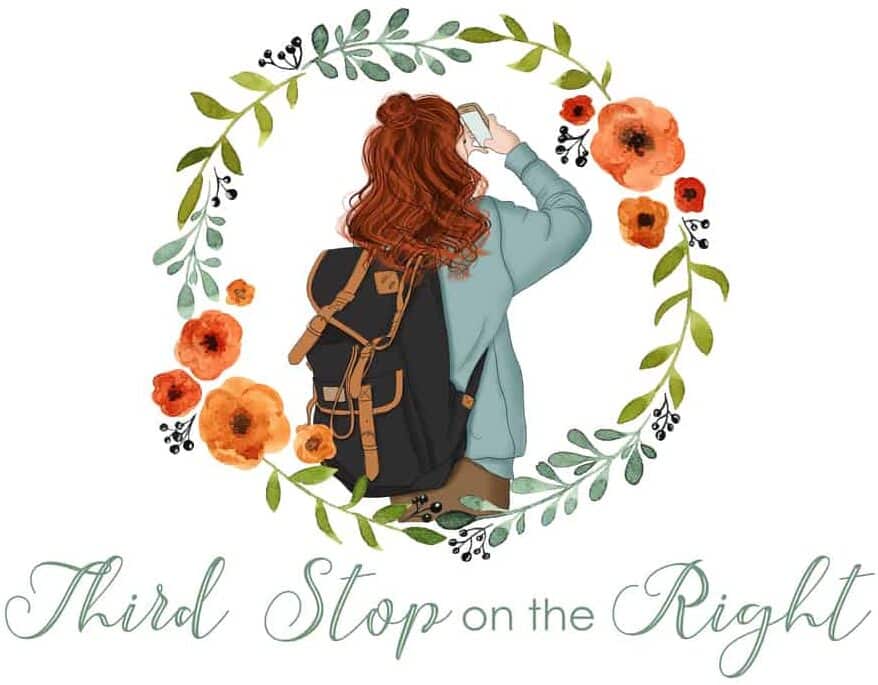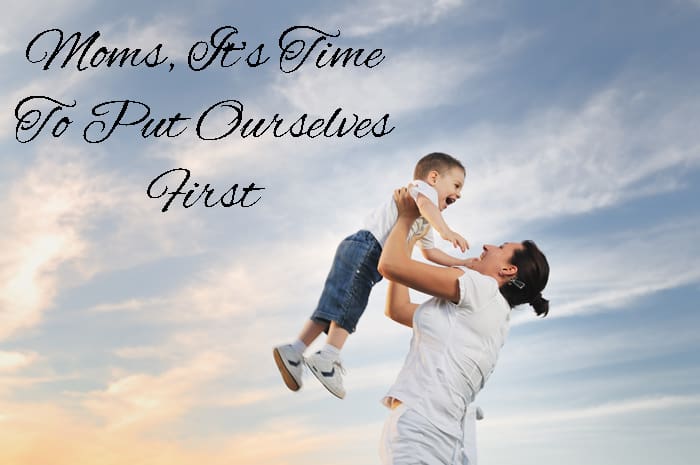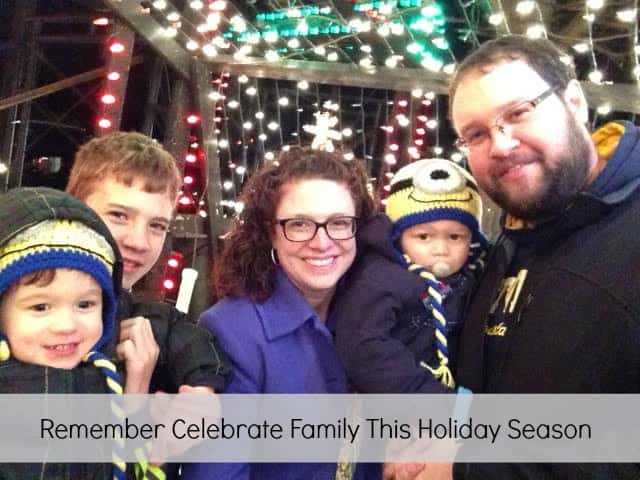So it is that time of the year again. November 4 marks the end of Daylight Saving Time. Although I love the fall, the changing of the leaves, wearing comfy sweaters and warm boots, and snuggling under layers of blankets at night, I have when it is time to change the clocks back. It just seems so much colder when it gets dark at 5 p.m., and since I am in Pennsylvania we don’t need it to be any colder!
The purpose behind Daylight Saving Time has always been sort of a mystery to me, so this year I decided to look into it.
During March, we move the clocks ahead one hour in order to make better use of light produced by the sun. When the sun is out longer, people tend to stay out longer, which is beneficial in the summer.
In November, we move our clocks back one hour. It is after this happens, that many people develop SAD (Seasonal Affective Disorder). I can say that I am definitely one of those people. This disorder can be similar to depression, where you feel blue or sluggish, and not have a whole lot of motivation to be productive or active.
Now, this will be the first year I won’t be working after the clock change so I am not sure how it will affect me. Last year, I stopped working in November and then I had my son in December, so having less daylight was the least of my problems. I was also dealing with the general sleepiness of being pregnant and after having my son I dealt with postpartum depression.
There are ways to combat SAD, including using special UV lights, and trying to get out more during the daylight. I am hoping that I will be so busy dealing with my 10 month old son that I won’t have to deal with depression from the change in time. Here’s hoping! *fingers crossed*
For more about SAD, check out the Mayo Clinic’s website.
Do you have any effects from changing back the clocks?






